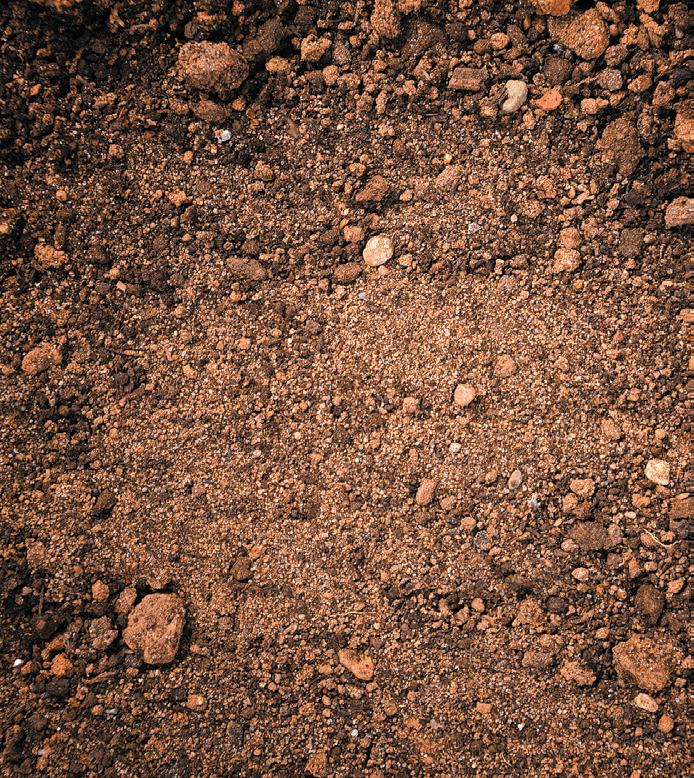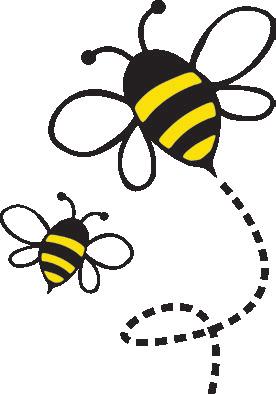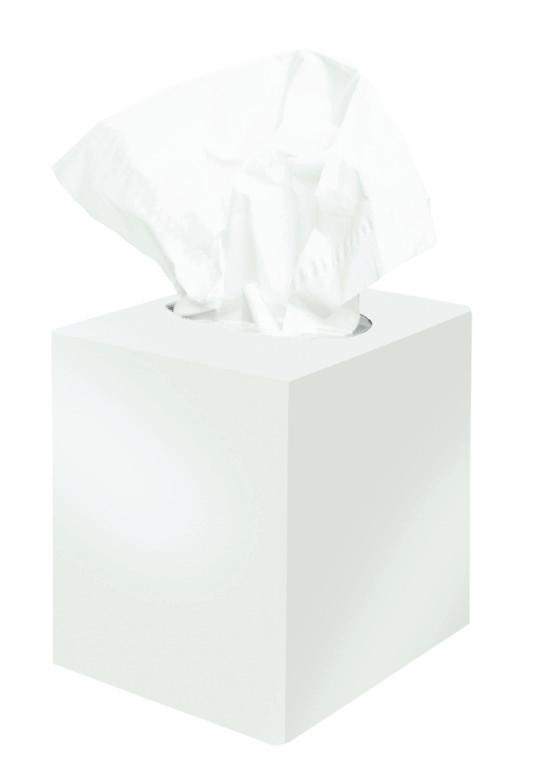
1 minute read
IMPORTANCE OF BEES
From Page 8
“Although bumble bees are a smaller group, with 46 species occurring in North America (north of Mexico), and 20 species in Wisconsin, these hairy bees are often noticeable in flower patches and vegetable gardens. They are crucial for pollinating peppers, cranberries, cucumbers and tomatoes.
“The rusty-patched bumblebee, listed as federally endangered since 2017, is still found in Wisconsin and Minnesota, but it has declined in 87% of its historical range recently; possibly because of the loss of grasslands and tallgrass prairies in the Midwest, pesticides, diseases and pests,” Kustov explained.
“Other groups of native bees in our area include mason bees, which have blue or green metallic markings, which nest in hollowed stems or holes and are important pollinators for apples and blueberries; and squash bees, which pollinate squash, pumpkins or gourds and help them set fruit.”

Threats To Bees
According to the U.S. Fish and Wildlife Service, the greatest threats facing bees include habitat loss, habitat degradation and habitat fragmentation. As native vegetation is replaced by roadways, manicured lawns, crops and nonnative gardens, pollinators lose food and nesting sites that are critical for their survival.
Other threats include pesticide misuse and overuse, and extreme weather events like storms, drought and flooding.
Pests and diseases also threaten the bee population.
Supporting The Bees
There are many things humans do to help the bee population thrive, including:
• Plant pollinator-friendly plants: Plant a wide variety of native perennials in your yard. Good choices include phlox, black-eyed Susan, Echinacea, ninebark, basswood, and bee balm.
• Allow dandelions and herbs to bloom.
• Reduce or remove invasive plants and hybrids that can crowd out native pollinator plants.
• Provide nest sites: Leave areas for bees and other native pollinators to nest, including clumps of grass, hollow stems, and logs.
• Avoid pesticides, especially when pollinators are present (if you must use them, apply targeted, rather than broadspectrum, chemicals after blooming is done).
• Stagger mowing, or mow only the first eight feet along roadsides.
• Spread the word – share these tips with others.
Keep Bees In Mind
Bees are a small, but mighty part of our lives, affecting everything from the foods we eat to our economy. But these vital pollinators need our help. Consider using some of the tips above to help the local bee population continue to thrive. For more information, visit https://datcp.wi.gov/ Pages/Programs_Services/ BeekeepingAndPollinators.aspx. disease bacteria. And, about 20% of the young nymphs are infected.
• Environmentally conscious growing practices including compostable containers

• Classic & hard-to-find bedding plants, including a wide variety of succulents

• Heirloom & traditional tomatoes, vegetables & herbs
• Custom baskets & container designs
• Pollinator garden plants
• Many perennials, fruits, organically grown vegetables







